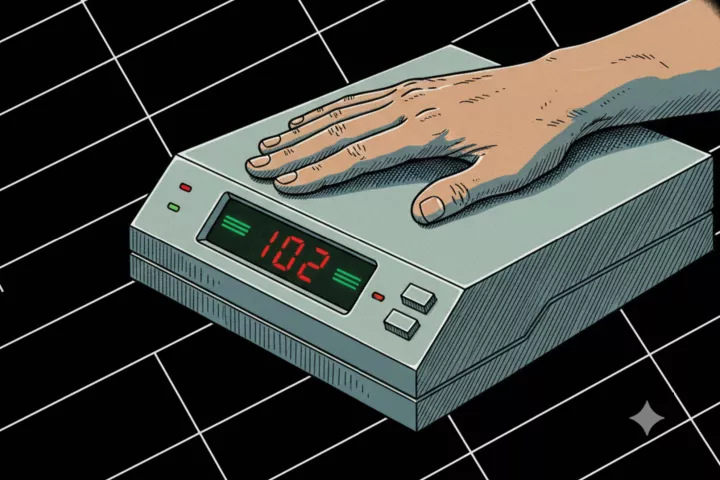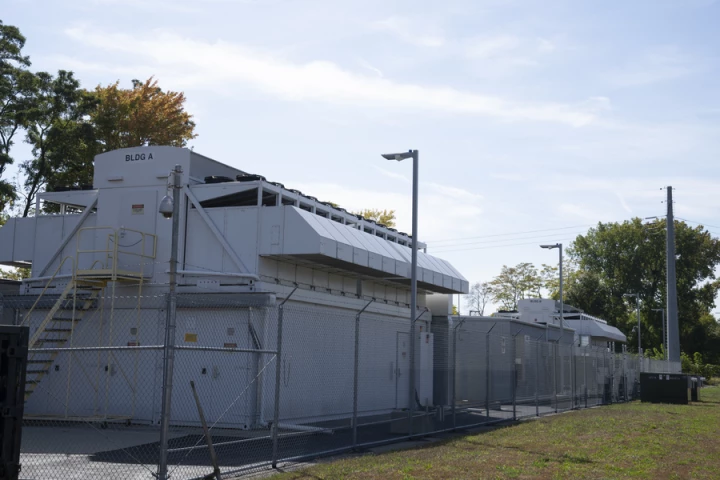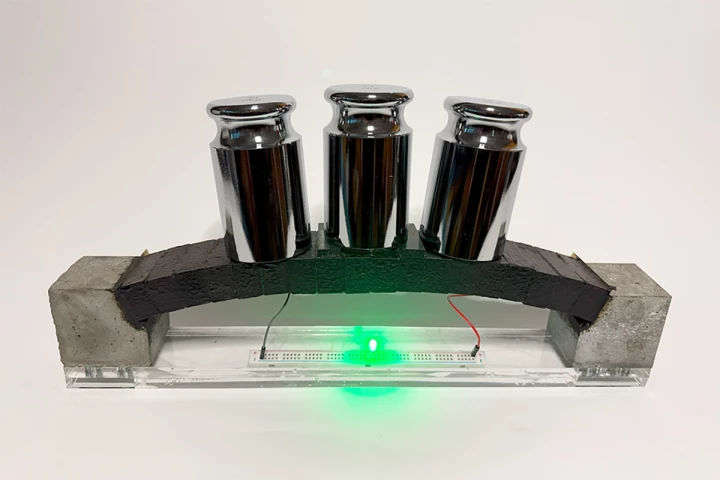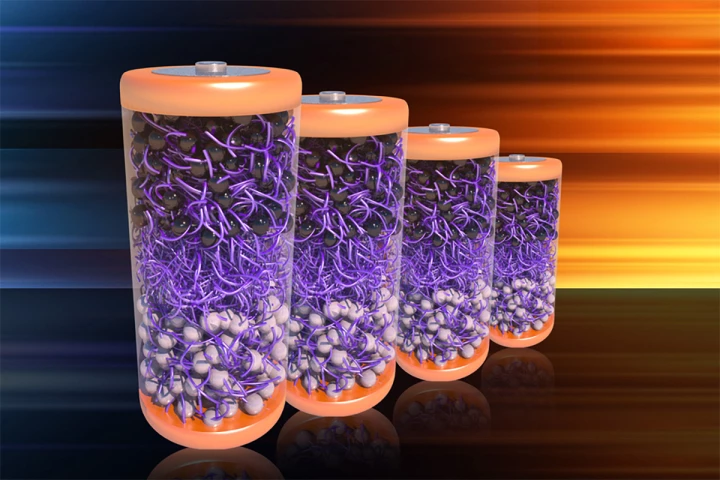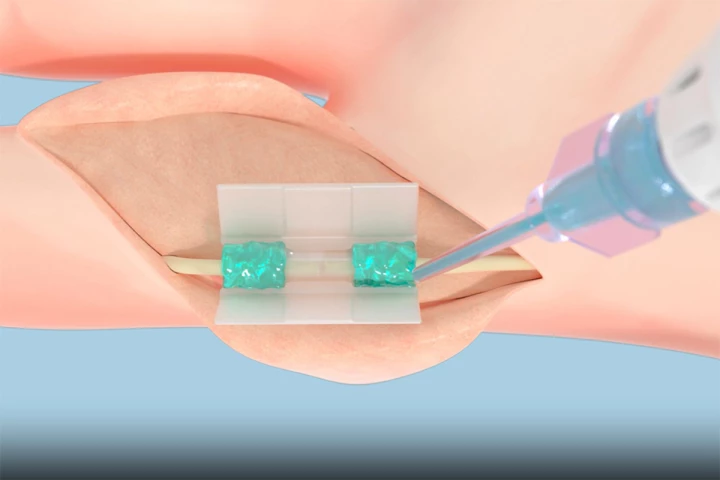MIT
-
A new MIT method eliminates the need for hour-long infusions of antibodies for immunocompromised patients. With highly concentrated particles of antibodies created without a centrifuge, mass-manufacturing of better single-shot antibodies is here.
-
The tons of discarded mussel shells generated by the seafood industry may be organic, but they're still very slow to biodegrade in landfills. They may soon find new life, however, sandblasting jeans in the textile industry.
-
Although they're constantly improving, robots aren't necessarily known for their gentle touch. A new robotic system from MIT and Stanford takes a unique stab at changing that, with a robot that uses vine-like tendrils to do its lifting.
-
A startup founded by MIT alumni wants robots to do some heavy lifting, literally. Pickle Robot Company's systems feature AI smarts and single-armed machines to quickly unload shipping containers filled with cases weighing up to 50 lb each.
-
Researchers at MIT have developed blood glucose sensing tech that uses near-infrared light to scan tissue in your skin and accurately measure blood sugar – no needles necessary.
-
MIT researchers have found a way to use the mechanical vibrations of sound waves to shake water molecules free from a storage medium. The breakthrough significantly speeds up the process of harvesting drinking water from thin air.
-
Researchers at MIT have just developed a new lipid nanoparticle that super-enhances the effectiveness of the mRNA vaccine in mice to a hundred times its stand-alone effectiveness, reducing required dosages while also reducing toxicity in the liver.
-
Researchers at MIT have created a revolutionary platform to treat a vast array of neurological diseases and mental illnesses. It could not only prove more effective than traditional methods, but also negate the need for invasive brain surgery.
-
At MIT, a new kind of AI model has come online. A supercomputer capable of two AI-exaflops, fuses more than six hundred GPUs into a single pulse of intelligence. It promises to accelerate breakthroughs in medicine, climate modeling, and beyond.
-
Scientists have been working on enhancing concrete to store energy. That includes researchers at MIT, who found a way to combine cement, water, and carbon black to create a 'supercapacitor' for this purpose back in 2023. It's now 10x better at this.
-
A more sustainable electrolyte made from a class of molecules as strong as stable as the Kevlar that goes into bulletproof vests could soon make it easier than ever to recycle EV batteries – and a whole lot more eco-friendly too.
-
A new biocompatible polymer that helps glue and repair tissue without causing damage – initially developed at MIT – might be a better way to heal wounds than sutures and staples. When activated using blue light, it can securely attach to wet tissue.
Load More




